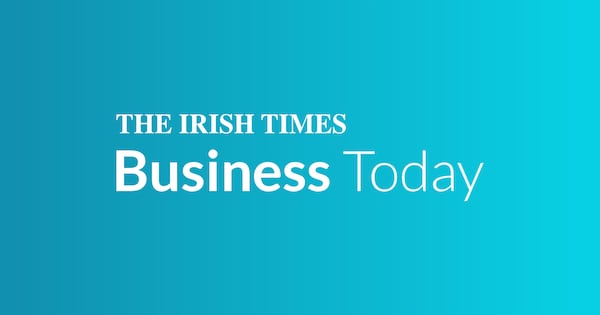Ireland’s “bad bank” – the National Asset Management Agency (Nama), which is due to be wound up this year – was “broadly successful” in the strategy it adopted to sell, develop and manage the assets under its remit, economist Prof John FitzGerald has concluded in a new study.
Commissioned by Nama, the report looks at the activities of Nama over its lifetime. It asks whether it paid too much or too little for the distressed assets of the Irish banking system and whether its disposal of those assets delivered value for the State.
Nama said it had commissioned the report to “contribute to the public debate about the agency and its performance”.
The bad bank’s success remains a topic of controversy, with critics arguing it could have achieved more value for the assets if it had waited longer for the property market to bounce back.
RM Block
Nama paid five lenders a discounted price of €32 billion for €74 billion of toxic commercial property loans between 2010 and 2011, representing a 57 per cent discount to their original value.
Prof FitzGerald concluded that Nama, which will have paid around €5.5 billion to the Government at the end of its life through corporation tax and profits, did not pay too much for the assets.
He said the cumulative profit that the entity made over its lifetime “makes it clear” that it did not overvalue the assets it acquired. If it had made a “significant loss” through overvaluation, “it could have damaged confidence in the Government’s ability to restore order to the banking sector”.
Equally, Prof FitzGerald said the €5.5 billion profit realised over 15 years was “significant”. He said the bad bank earned a return of around 12.9 per cent annually, representing a “reasonable return” on the original investment in Nama, which could have been “wiped out” at any time by “even marginal” shocks to the Irish economy.
“Thus, the profit for the State seems appropriate, and the original valuation of the loans in terms of their long-run value also seems to have been reasonable in the light of what was known at the time,” Prof FitzGerald said.
He also praised Nama for not getting “distracted” by other “albeit important” objectives. The Government “made the right decision” in “resisting” pressure from the International Monetary Fund, the European Central Bank and the European Commission – the Troika that bailed out the State in late 2010 – to sell the assets rapidly.
“It did not make sense for Nama to begin a substantial programme of asset sales in Ireland in 2011/12 while the economy was in recession,” Prof FitzGerald said. “The rapid recovery in the economy from 2013 allowed Nama to obtain what it had judged to be the long-term value of the assets it acquired.”
Consequently, he said Nama’s strategy was “broadly successful”.





















